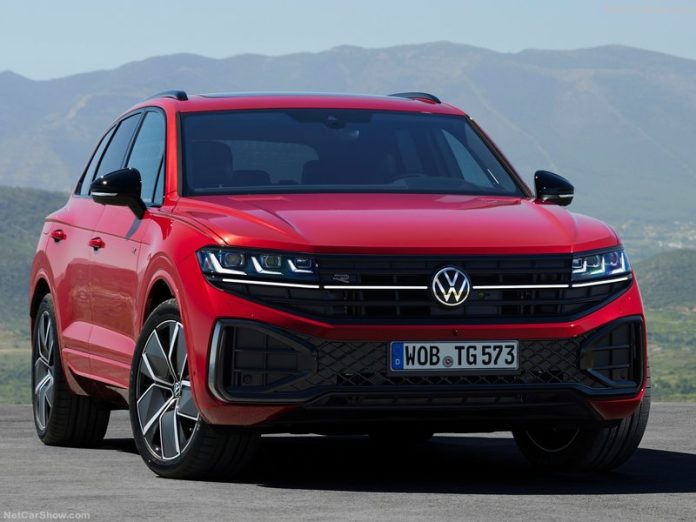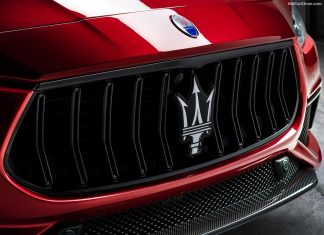The internal combustion engine (ICE) has been the dominant automotive powertrain for over a century. But this reign appears to be coming to an end due to climate concerns, government regulations, and competitive factors.
Recent efforts to replace gasoline and diesel engines are fostered by increasing investment and technological progress. These advances include the steady adoption of electric vehicles thanks to falling battery costs, expanding charging networks, and rising consumer acceptance.
Keep reading as we explore promising powertrain innovations already in use or on the horizon. See what’s in store for tomorrow’s transportation, even if you’re checking out today’s car auction in Houston.
The Rise of Electric Vehicles
The most significant powertrain shift underway is the rapid transition to electric vehicles (EVs). Once confined to golf carts and niche vehicles, EVs are steadily stealing sales from ICE-powered cars. According to Electrek, EV sales set a record during the first quarter of 2023 by crossing the 7% mark for the first time.
With fewer moving parts, EVs use energy more efficiently. Specifically, the Natural Resources Defense Council says that electric motors convert over 85% of electrical energy into mechanical energy (motion), compared to 40% or less for a gasoline combustion engine.
Another benefit is that EVs produce no direct emissions, meaning their environmental impact comes from how clean or dirty the source of electricity generation is. The future also anticipates electricity producers transitioning to renewable energy, further improving EVs’ emission footprint. Meanwhile, improved battery technology and advanced aerodynamics will squeeze extra miles out of every kilowatt.
Range anxiety and higher sticker prices have slowed EV adoption, but these constraints are diminishing. The idea of an EV with a 500-mile range was once hard to believe, but Lucid Air EVs with this capability are already hitting the street. At the same time, manufacturers are crunching numbers to bring down EV selling prices. Examples include a $30,000 starting price for the upcoming Chevrolet Equinox EV and Volvo previewing the $35,000 EX30 all-electric crossover.
The introduction of high-performance solid-state batteries, which Toyota and Nissan are projecting for later this decade, will further transform EVs by significantly improving range and charging times.
Several states and the federal government are pushing for a total ban on ICE sales by 2030. However, consumer acceptance making this possible won’t occur until EVs are as cheap and convenient as conventional automobiles. We’re starting to see initial movement in this direction.
The simplicity of electric drivetrains enables capabilities that aren’t possible with ICE power. Independent electric motors at each wheel allow for instantaneous torque and lightning-fast acceleration. In addition, an all-wheel drive EV doesn’t require a complex transmission. Adding one or two motors to a drive axle is all that’s needed. Over-the-air software updates can continuously improve performance and range. Given their configurable electronic architecture, EVs are also optimal platforms for autonomous driving technology.
The Promise of Hydrogen Fuel Cells
While battery-electric technology has taken an early lead, hydrogen fuel cell vehicles (HFCVs) offer another compelling zero-emission transportation option. Fuel cell drivetrains generate electricity within the vehicle by passing compressed hydrogen over a catalyst, producing only water vapor as a byproduct. This gives HFCVs true zero-emissions capability. Several automakers already offer fuel cell models, including the Toyota Mirai and Hyundai Nexo, claiming over 300 miles of range from tanks filled with hydrogen gas.
Rapid refueling gives HFCVs a major advantage over battery EVs, with full tanks possible in under 5 minutes (the same as gasoline). Fuel cells also suffer less degradation in cold weather compared to EV batteries. However, very few hydrogen filling stations currently exist outside of California and Hawaii, limiting widespread adoption for years to come, if ever. Production of green hydrogen from renewable energy rather than natural gas will also be critical for HFCVs to offer maximum climate friendliness.
Despite these hurdles, Japan and Korea are pushing hydrogen infrastructure with plans for thousands of stations over the next decade. Toyota, Hyundai, and other brands aim to reduce costs and improve performance to make HFCVs a viable clean energy alternative. The outlook for similar progress in the U.S. is uncertain.
While battery EVs will dwarf market share soon, fuel cell technology offers unique benefits that may cement its place as a niche solution for larger vehicles (like commercial trucks).
Hybrid-Electric Vehicles
Hybrid-electric drivetrains combining combustion engines with battery-powered electric motors have been available since the late 1990s. Toyota’s Prius became the world’s first high-volume hybrid model, using the electric motor for acceleration and the gas engine for steady cruising. However, the Honda Insight gets bragging rights for the first hybrid sold in the U.S. (the Prius followed soon after).
Hybrids remain popular today as an affordable compromise between gasoline and all-electric vehicles. They significantly improve fuel efficiency while retaining traditional engines’ range and refueling speed. Mild hybrids use smaller electric motors mainly for start-stop capability and regenerative braking, providing minor efficiency gains. Thanks to larger battery packs, full hybrids can drive short distances solely on electric power.
Plug-in hybrids (PHEVs) offer increased electric range by adding larger batteries charged through wall outlets and charging stations. PHEVs can drive 20-40 miles on electricity alone before the gas engine kicks in, making this option ideal for short commutes and local errands. Hybrids serve as a stepping-stone technology and appeal to risk-averse car shoppers not yet ready to embrace EVs.
Synthetic Fuels and E-Fuels
Rather than reinventing the powertrain, emerging synthetic fuel technologies aim to reduce emissions produced by conventional engines. So-called “e-fuels” are hydrocarbons chemically synthesized from water, carbon dioxide, and renewable energy. Made through carbon capture or extracting carbon dioxide directly from the air, e-fuels can use wind, solar or nuclear energy to create virtually emissions-free gasoline, diesel, and jet fuel.
With a compatible infrastructure already in place, synthetic fuels are attractive for heavy-use industries like aviation, shipping, and long-haul trucking. Automakers are also exploring e-fuels for smaller internal combustion engines to address sustainability without sacrificing performance. Porsche and several energy companies are actively testing synthetic fuels. If costs can be reduced to compete with fossil fuels, e-fuels may enable conventional engines to stick around in climate-conscious forms.











